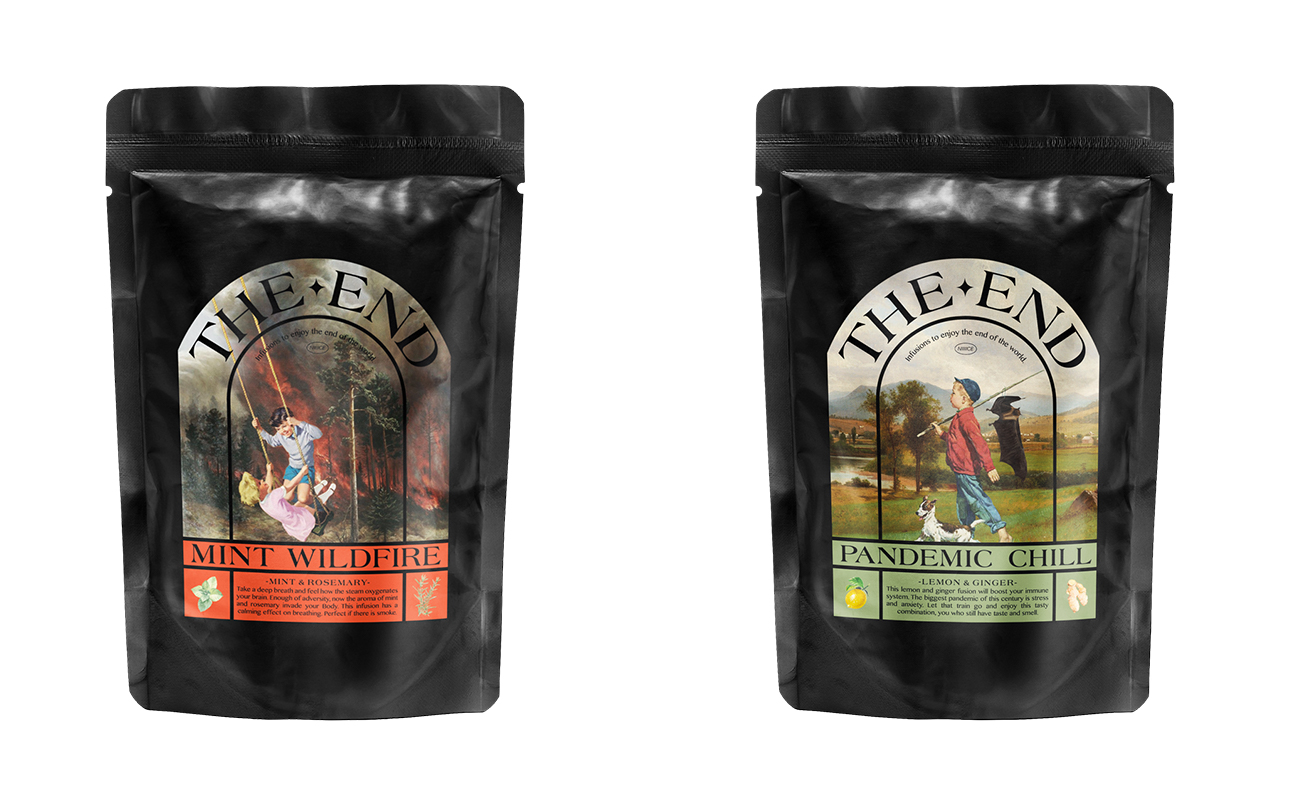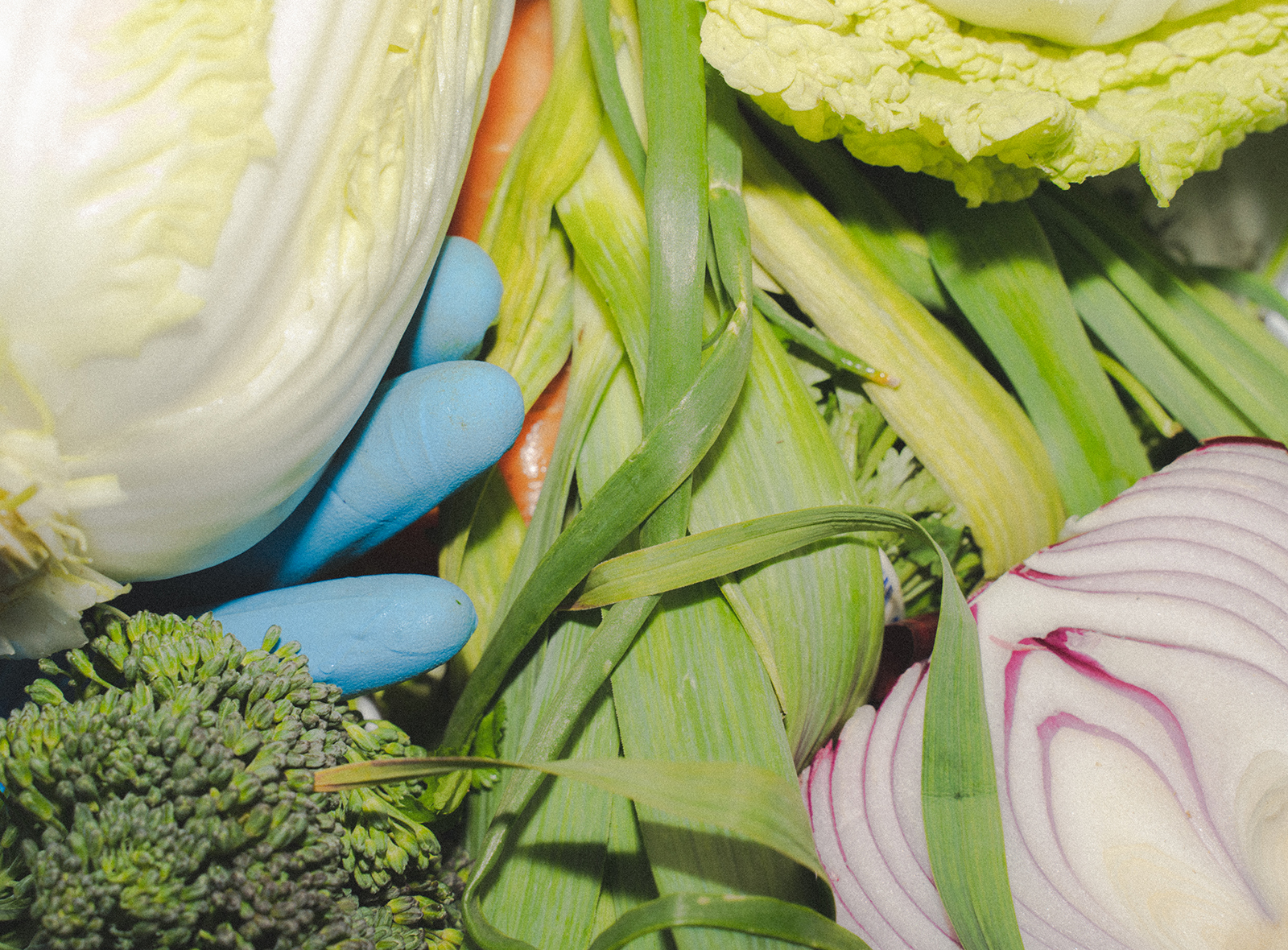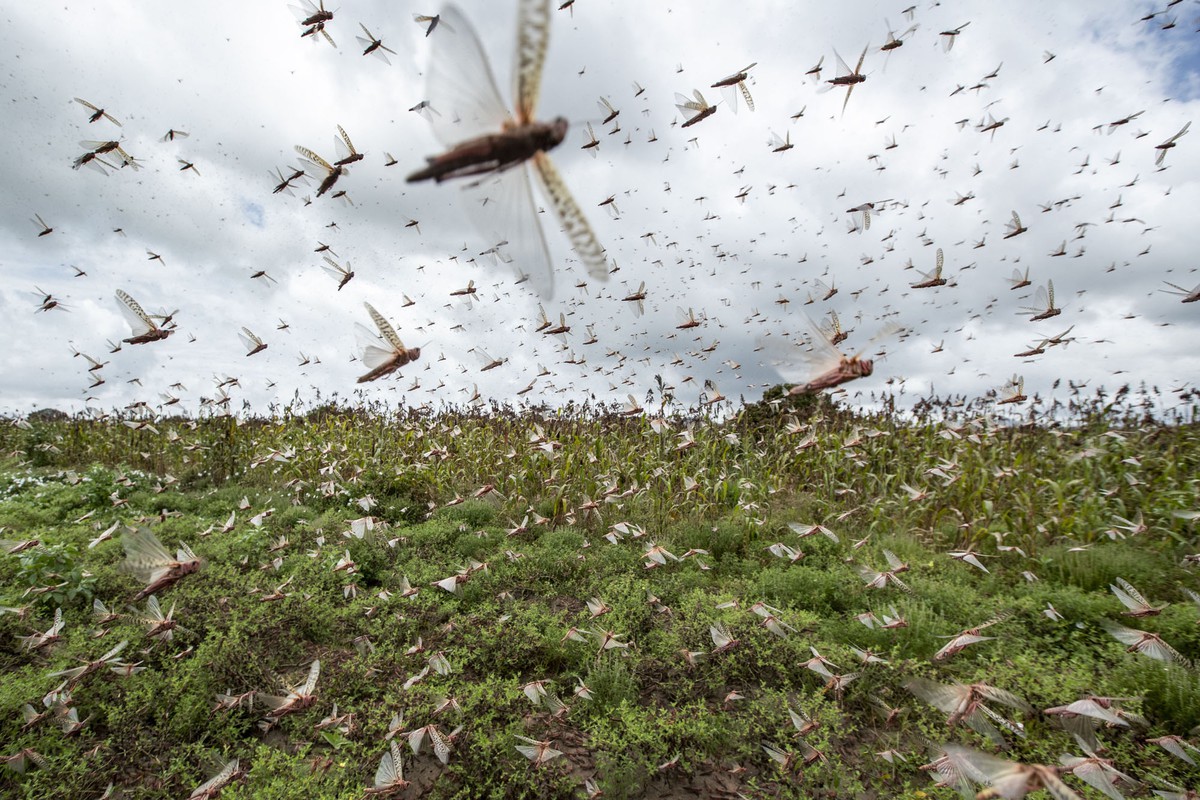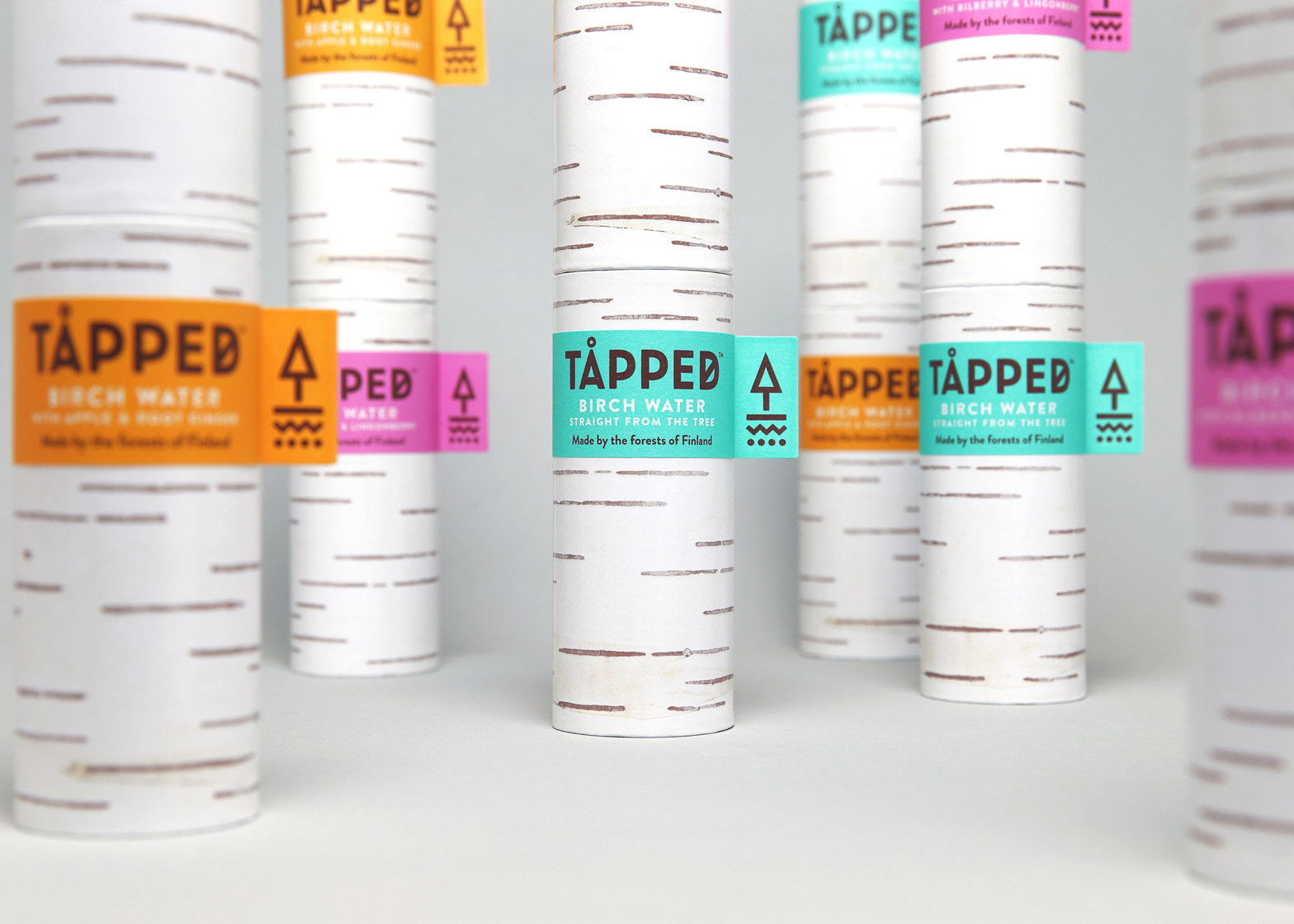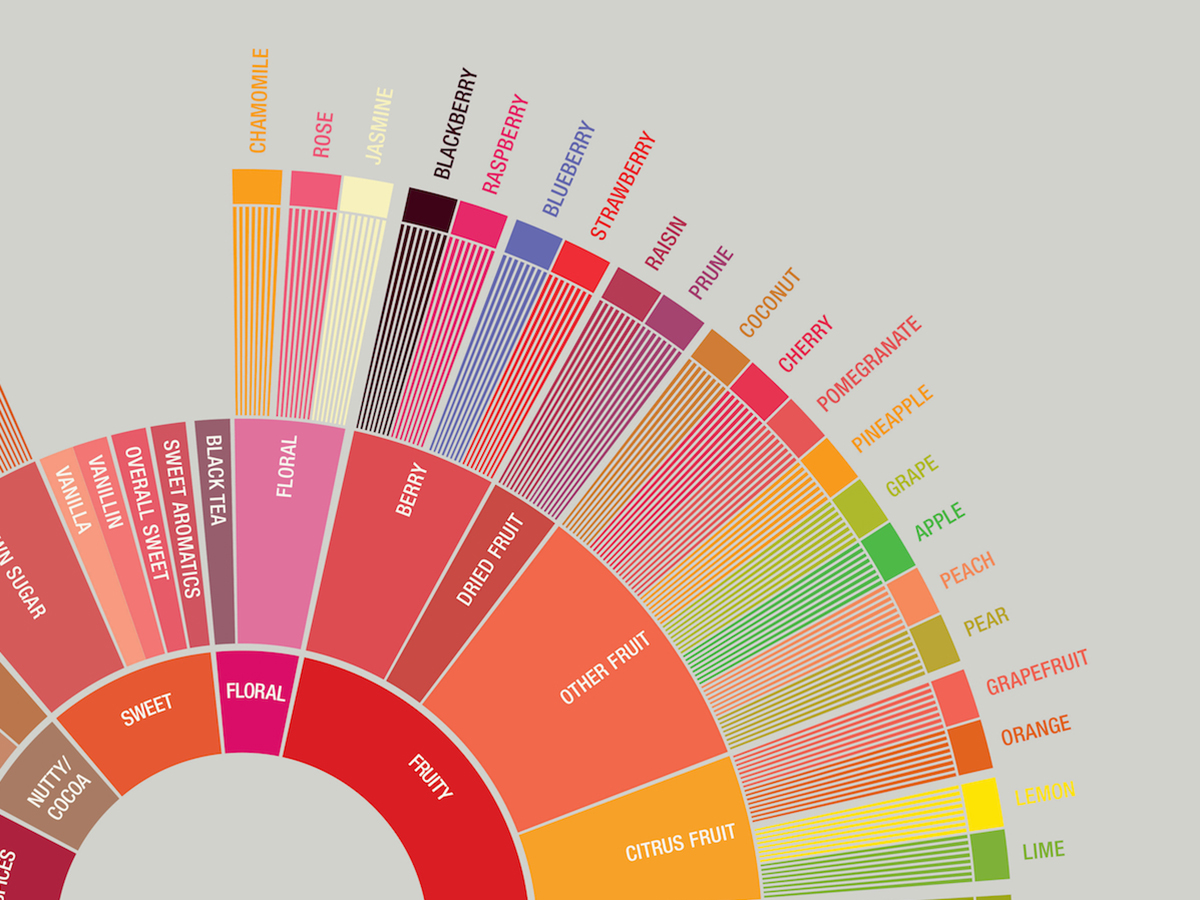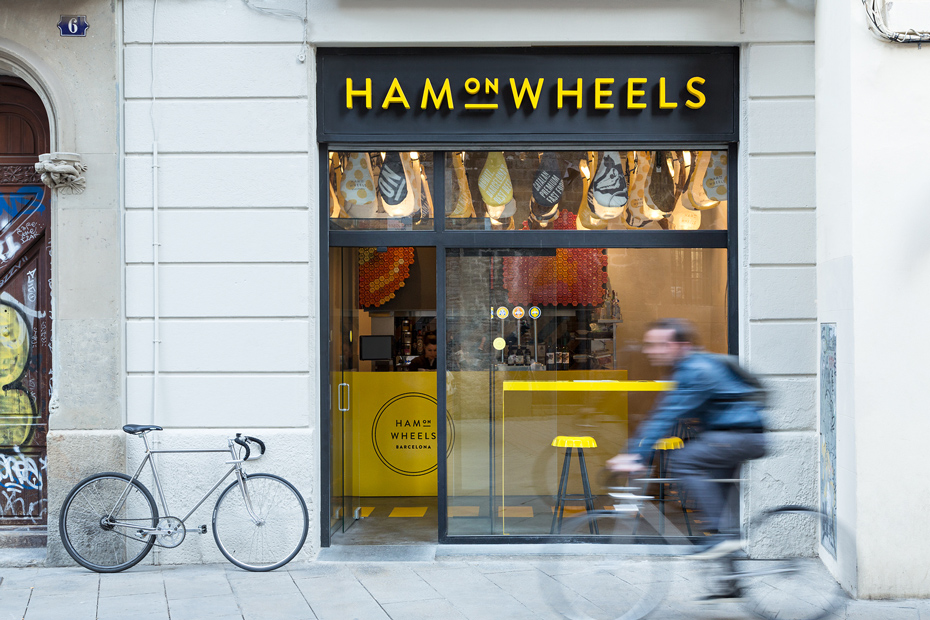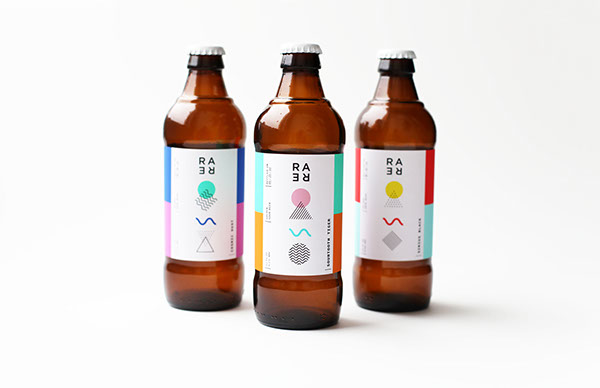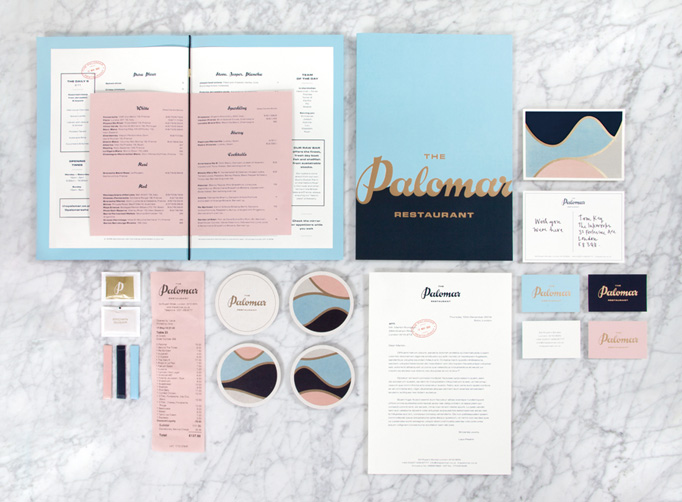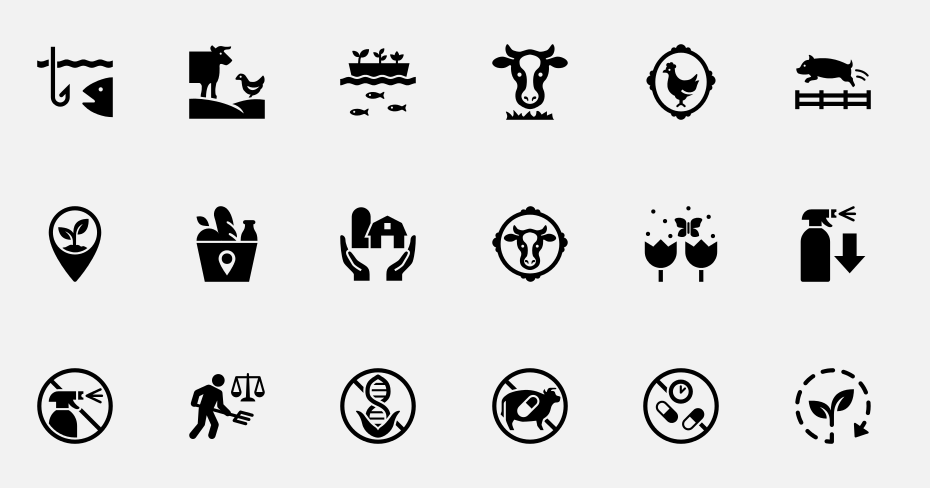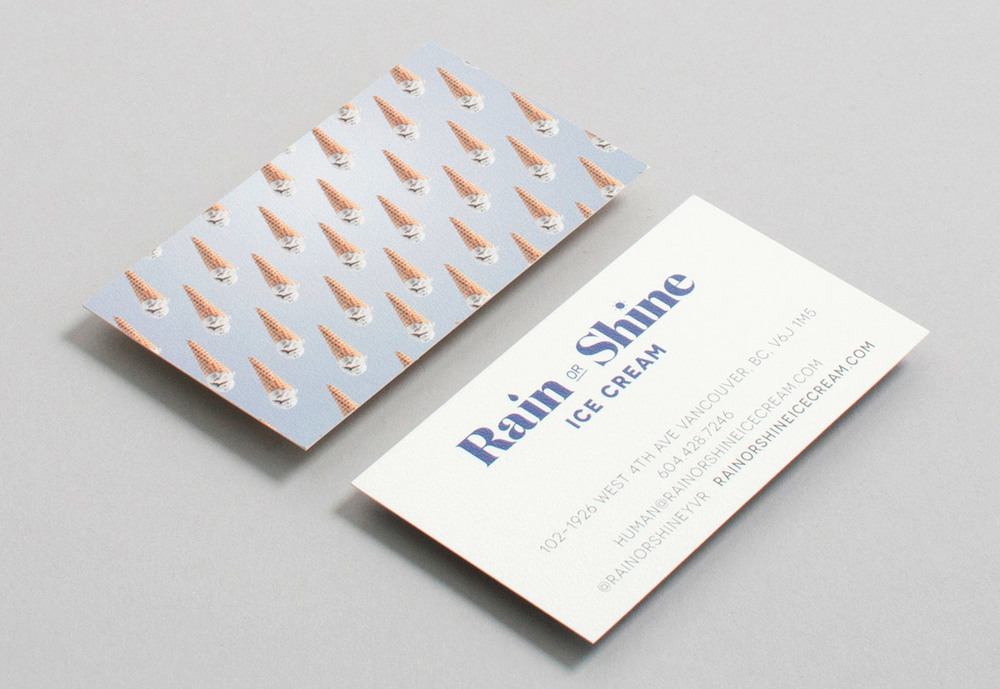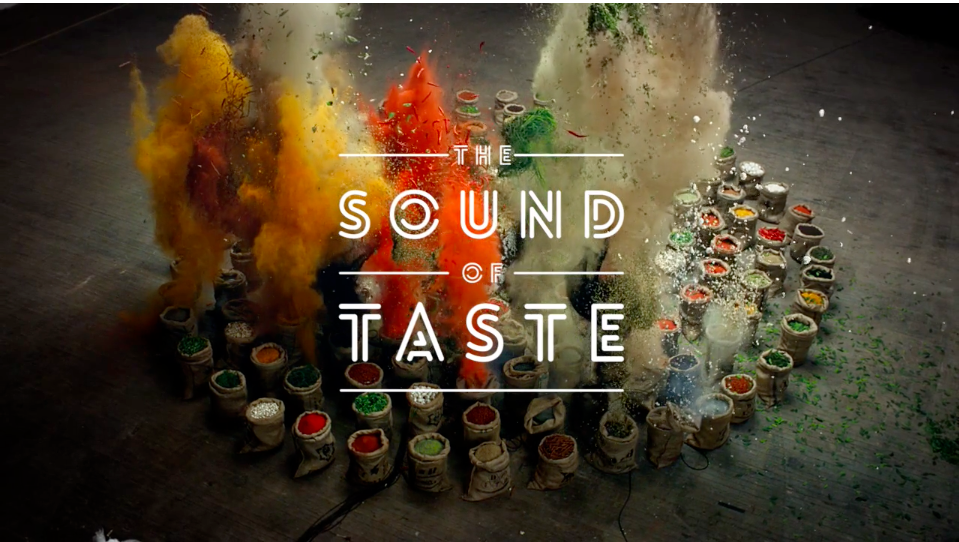How do you give national consciousness to an international snack? If you’re Ukrainian snack company Kozatska Slava, you rebrand to align with the current political sentiment. Until recently, the company was called Kozatska Rozvaga, or Russian Cossack. But, in response to Ukraine’s recent conflicts with Russia, the company switched their name and mascot. Now, an angry-looking Cossack wielding a mace marks the front of each package of their distinctive flavored peanuts.
Cossacks are a group native to Ukraine who have played crucial roles in the country’s many independence battles. Following recent conflicts with Russia, young Ukrainians have shown solidarity with their country by adopting Cossack habits, such as traditional hairstyle and dress. Since these symbols make up the country’s visual landscape, their presence on a snack package is not as transgressive as it may appear to outsiders. Instead, the mascot adds to the product’s shelf appeal. It ensures Kozatska Slava’s peanuts stand out as the Ukrainian choice on shelves filled with international options.
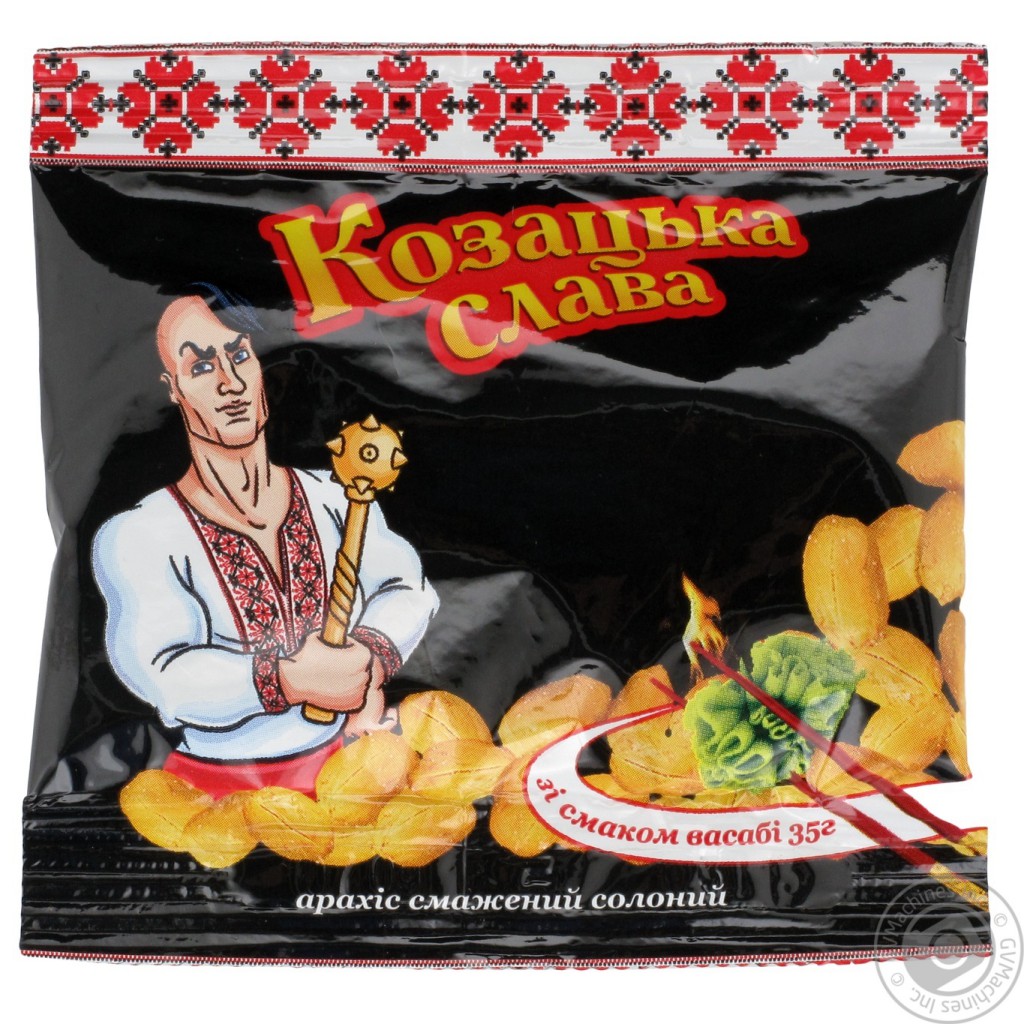 Wasabi flavored peanuts from Ukrainian brand Kozatska Slava. Image via zaikai.
Wasabi flavored peanuts from Ukrainian brand Kozatska Slava. Image via zaikai.
Although emphasizing a national character to sell snack foods might seem strange, Planter’s iconic Mr. Peanut performs a similar function. With his swanky the top-hat, intelligent monocle and patrician cane, Mr. Peanut illustrates the traits Americans prized during the early twentieth-century when the company was founded. Eat peanuts and you’ll be wealthy, wise and worldly. Eat peanuts and you will embody your country’s values. Americans might not buy Planters because they identify with Mr. Peanut, but they still understand the aspirations he symbolizes.
Apart from the presence of the Cossack, Kozatska Slava’s peanuts present all the halmarks of international processed snack foods. The company makes peanuts with flavors such as pork, beer and wasabi. An image of the special taste appears on the lower right hand side of the bag with a smattering of peanuts connecting this image to the Cossack on the left hand side. Placing the mascot on the opposite side of the package from the flavor juxtaposes the two, suggesting that the special flavors are external to Ukrainian identity. Thus, it is the job of the peanuts to draw a line between Ukraine and these new flavors. All of this occurs on a bright background, which blends in with other packages, while the traditional trompe-l’oeil embroidery at the top implies that a banner of tradition ties together all the symbols.
But why do peanuts need an explicit connection to Ukrainian independence? Until the fall of the Soviet Union, foreign food products were rare in Ukraine—McDonalds opened in Kiev in 1997— still today they fetch a premium. Peanuts, potato chips and sodas can be seen as symbols of Western capitalism. Although these products could offer a mark of opposition in conflict with Russia, Ukraine’s Eastern European history means their national identity does not align fully with Western practices. Thus, Kozatska Slava’s mascot carves out a niche in the processed food market that demonstrates a middle road where Ukrainians can eat Ukrainian while consuming appealing, international snacks.
